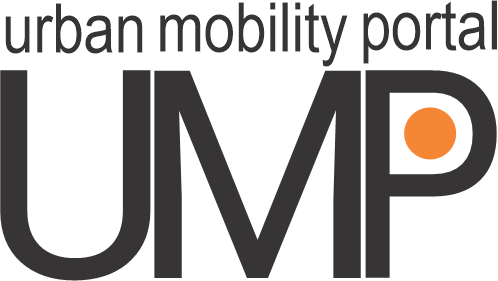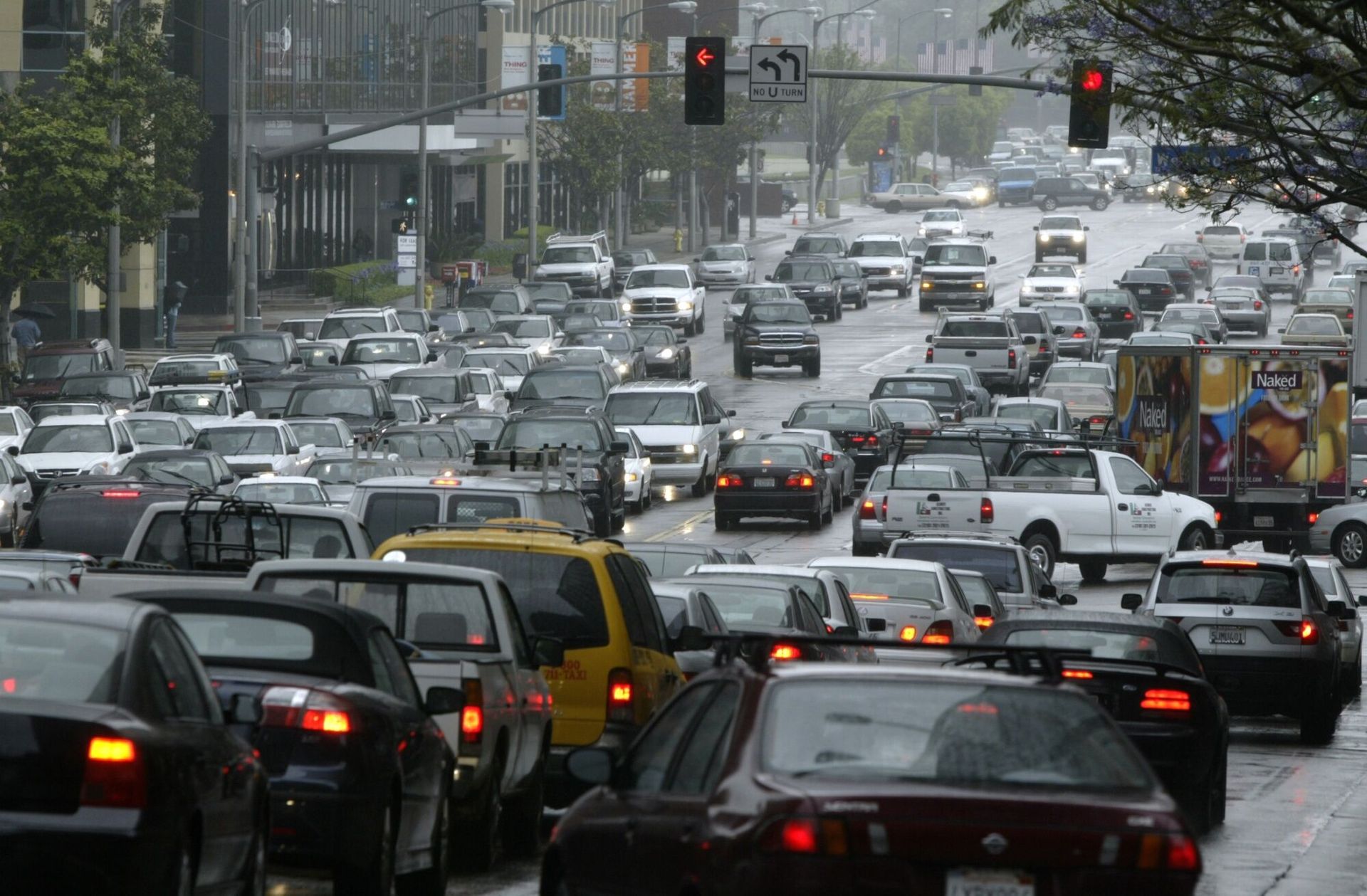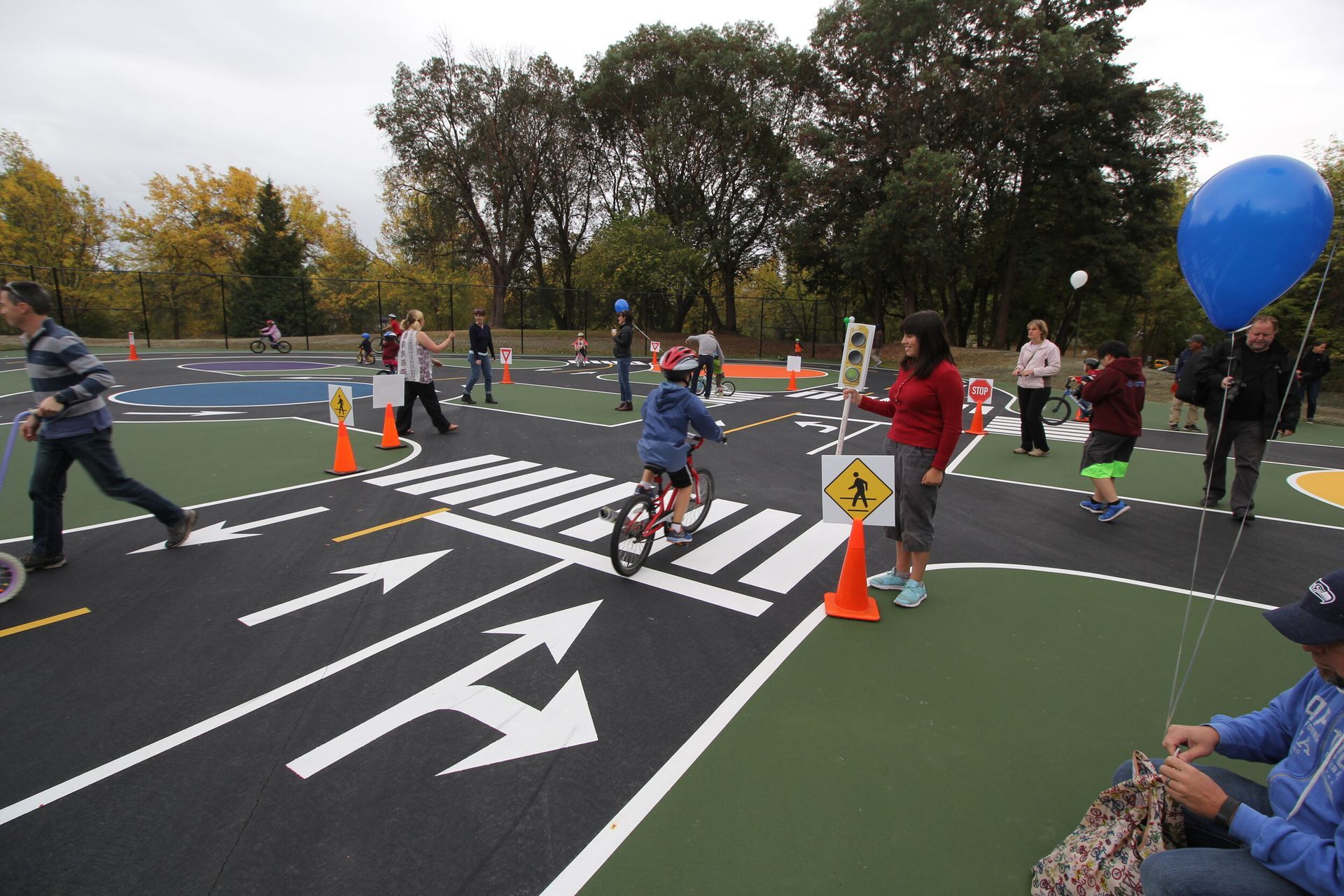
Many cities can become safer, healthier places by changing the design of their streets and communities. Many public streets have been designed to serve primarily or even exclusively private motor vehicle traffic. These thoroughfares have become part Street, part Road, and are called "Stroads" as they combine the complexity of a street with the design speed of a road. But they don’t serve the functions of a Street or a Road and they have become the most dangerous thoroughfares especially in America and increasingly in other countries with cities that have experienced urban sprawl. They can be made immensely safer for all users if they are designed to effectively serve pedestrians, public transport users, bicyclists, and other public activity. Promoting sustainable urban mobility can have a strong and positive relationship with traffic safety by reducing exposure and risk. Reducing exposure can be achieved by preventing the need for vehicle travel, thus preventing a crash before a trip would even begin. Diminishing risk can be achieved by encouraging safer vehicle speeds and prioritizing pedestrian and bicyclist safety.
n
Stroads
A “Stroad” is term coined by Charles Marohn of Strong Towns. It is a thoroughfare that combines the complexity of a street with the design speed of a road. They are the poorly designed commercial streets found in conventional suburban environments in America (and increasingly in other countries with cities that have experienced urban sprawl). Stroads don’t serve the functions of a street or a road very well and they have become the most dangerous thoroughfares in America and elsewhere. Redesigning such thoroughfares as Complete Streets has become critical to retrofitting suburbs and making them more sustainable.
The International Road Assessment Programme (iRAP) is a registered charity dedicated to saving lives by eliminating high risk roads throughout the world. iRAP works in partnership with governments, road authorities, mobility clubs, development banks, NGOs and research organisations to:
- Inspect high-risk roads and develop Star Ratings, Risk Maps and Safer Roads Investment Plans
- Provide training, technology and support that will build and sustain national, regional and local capability
- Track road safety performance so that funding agencies can assess the benefits of their investments.
iRAP Star Ratings are used for road safety inspection, road safety impact assessments, and in designs. Star Ratings are an objective measure of the level of safety which is ‘built-in’ to the road through more than 50 road attributes that influence risk for vehicle occupants, motorcyclists, bicyclists, and pedestrians. Star Ratings reflect the risk as it relates to an individual road user. 1-Star roads have the highest risk and 5-Star roads the lowest risk. Star Ratings can be produced without reference to detailed crash data.
Crash Risk Maps use detailed crash data to capture the combined risk arising from the interaction of road users, vehicles and the road environment. Risk Maps provide an indication of the overall road system performance. The maps provide an at-a-glance and objective view of where fatal and serious injury crashes have occurred and where serious crash risk is greatest.
Investment Plans draw on data underpinning Star Ratings and FSI Estimates to determine the most cost-effective road upgrades and prevent deaths and serious injuries. They provide an optimised investment of likely safety countermeasures and the business case for that investment.
n
Traffic Gardens
A Traffic Garden or children's traffic park is a park in which children can learn the rules of the road. Traffic Gardens are designed improve awareness of traffic safety among school-aged children. Many enable children to gain hands-on experience crossing in a highly controlled environment devoid of actual motor vehicles. Children are allowed to use bicycles or pedal-powered cars to navigate the streets and operate according to traffic laws. Typically, Traffic Gardens are scaled-down versions of real street networks, with the lane and street-width proportional to the smaller vehicles. Often they include operating traffic signals and during busy times are even staffed with traffic police. Traffic Gardens exist throughout Asia, Europe, and North America. Traffic Gardens in Asia and Europe are focused on traffic safety through pedal-powered vehicles. In the United States and Canada, they use bicycles as well as electric, motorized vehicles.



